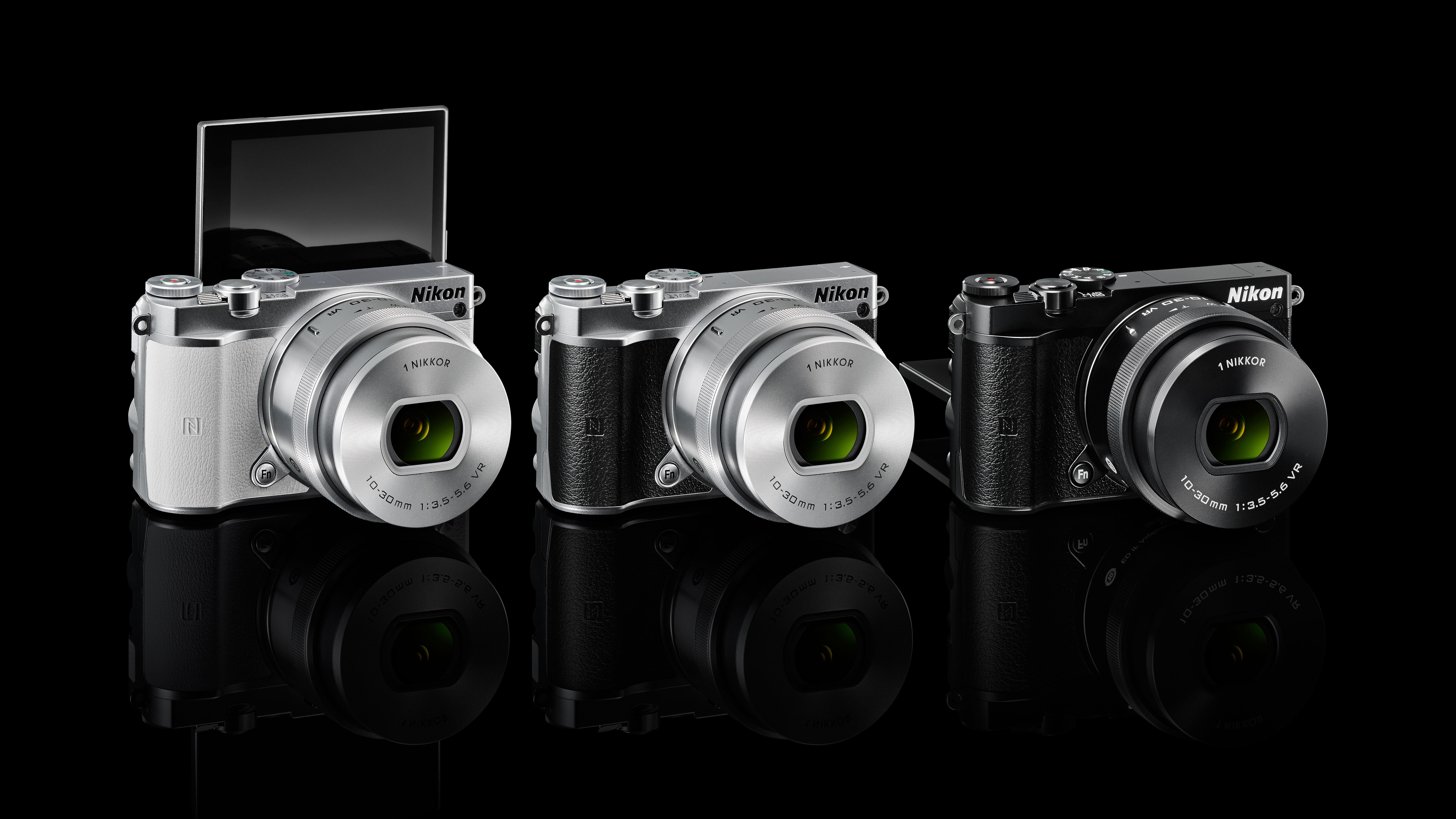Why you can trust TechRadar
It's clear that the improvements Nikon has made to the J5's sensor has had a significant impact on the camera's performance.
As there's no anti-aliasing filter, the amount of detail resolved by the camera should be pretty good. Overall, it's fair to say, the impression of detail when viewing a (JPEG) image at normal printing or web sizes is fantastic. If you examine at 100% however, it is possible to see some degree of image smoothing even at the lower end of the sensitivity scale (such as ISO 200).
This kind of image smoothing isn't really problematic, however, throughout the sensitivity range you're likely to be using for the majority of situations. Even at ISO 6400, there's a decent overall impression of detail. Images taken at ISO 12800, the maximum setting, are useable too, if not quite up to close scrutiny.

Click here for a full size version.

Click here for a full size version.
By looking at the equivalent raw format files (in Nikon's Capture NX-D), we can see how much noise reduction is applied to the JPEG files created in the camera – but this gives you good scope for applying your own preferred amount of noise reduction, which is especially useful if you're photographing something with a large amount of detail that you want to preserve.
Putting the J5 through our labs tests reveals some interesting results. In terms of signal to noise ratio, it is beaten by other cameras which also have a one-inch sensor, such as the Sony RX100 III and the Samsung NX Mini. We can also compare it against the Panasonic GM5 since its competes in the same market, even though the Panasonic's sensor is much larger. The Panasonic wins out here, by quite a significant margin for both raw format and JPEG images.
Sign up for breaking news, reviews, opinion, top tech deals, and more.
The J5 fares better for dynamic range, being a close competitor for the GM5 and Samsung NX Mini, and beating the Sony RX100 III quite comfortably – again both for JPEGs and raw format files.
Unsurprisingly, the Panasonic GM5 is better equipped for resolving detail at the higher end of the sensitivity scale, but the J5 compares well with other cameras at the lower end of the scale, and throughout the range for those equipped with the same size sensor.

Click here for a full size version.

Click here for a full size version.
Overall, the camera's matrix (general-purpose) metering system does a good job of producing accurate exposures; however, there are some cases where a touch of positive exposure compensation is needed to help to brighten up the scene a little.
Under artificial lighting, the camera's automatic white balance setting tends to err a little towards unnaturally warm tones, but it's not too bad. If you're finding it to be problematic, you can always switch to a more appropriate white balance setting, such as Tungsten.
Nikon is very keen to boast about the J5's autofocusing speeds, and in good light the lens is able to snap to focus incredibly quickly. In lower light conditions, the lens will tend to hunt around a little, but it's still pretty good in all but the very darkest of conditions – there's also a focusing assist lamp to help in these situations.
Switching to tracking focus allows you to keep focus on a moving subject. Once you've set the subject to be tracked, the camera will carry on tracking it until you tell it to stop. This works quite well, but it can fall down when another subject enters the frame and confuses the camera – which could be problematic when you're photographing team sports.
Another headline specification of this camera is its 60fps shooting capability, which is way above and beyond the realms that DSLRs can achieve. However, this is limited by the camera's buffer size – it can only hold around 20 (raw or JPEG) files before it will stop shooting, so while shooting at this speed is useful for capturing very fast action, only being able to shoot for less than a second at a time requires your timing to be pretty accurate.
The 10-30mm kit lens is a decent performer to get you started with, or as a walk around lens. When using it at the full 30mm reach, there is some softness in some areas of the image if you examine closely, but it doesn't have too negative an effect on the overall image.

Click here for a full size version.

Click here for a full size version.
I've already mentioned the buffer's effect on fast continuous shooting, but general operational speeds of the J5 can be frustratingly slow – once a shot's been taken, it takes a between half a second and a second for it to be displayed in preview, and the same time again before the camera is ready for next shot, thus making the shot to shot time distinctly slow. This is annoying if you're trying to take a series of photos in relatively quick succession.
Although I haven't tested the video capability of the J5 in extreme depth, it is capable of recording high quality video footage. While it can shoot in 4K, it's unlikely many will take it up at just 15fps – it seems more like a marketing gimmick at this stage rather than a useful addition, since the video playback won't be as smooth. Those who are serious about video will also likely be disappointed by the fact that there's no external microphone or headphone ports, too.

Amy has been writing about cameras, photography and associated tech since 2009. Amy was once part of the photography testing team for Future Publishing working across TechRadar, Digital Camera, PhotoPlus, N Photo and Photography Week. For her photography, she has won awards and has been exhibited. She often partakes in unusual projects - including one intense year where she used a different camera every single day. Amy is currently the Features Editor at Amateur Photographer magazine, and in her increasingly little spare time works across a number of high-profile publications including Wired, Stuff, Digital Camera World, Expert Reviews, and just a little off-tangent, PetsRadar.
